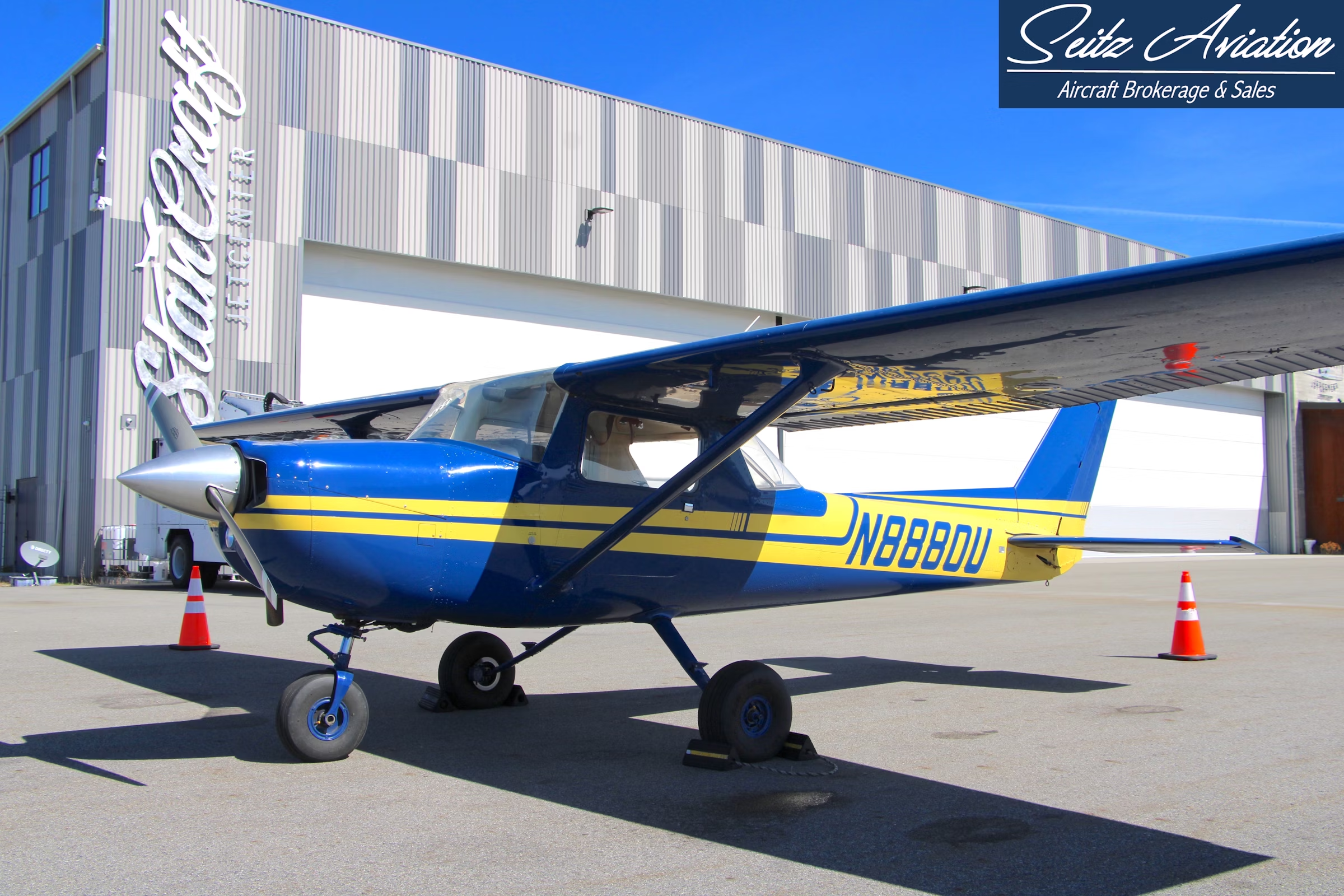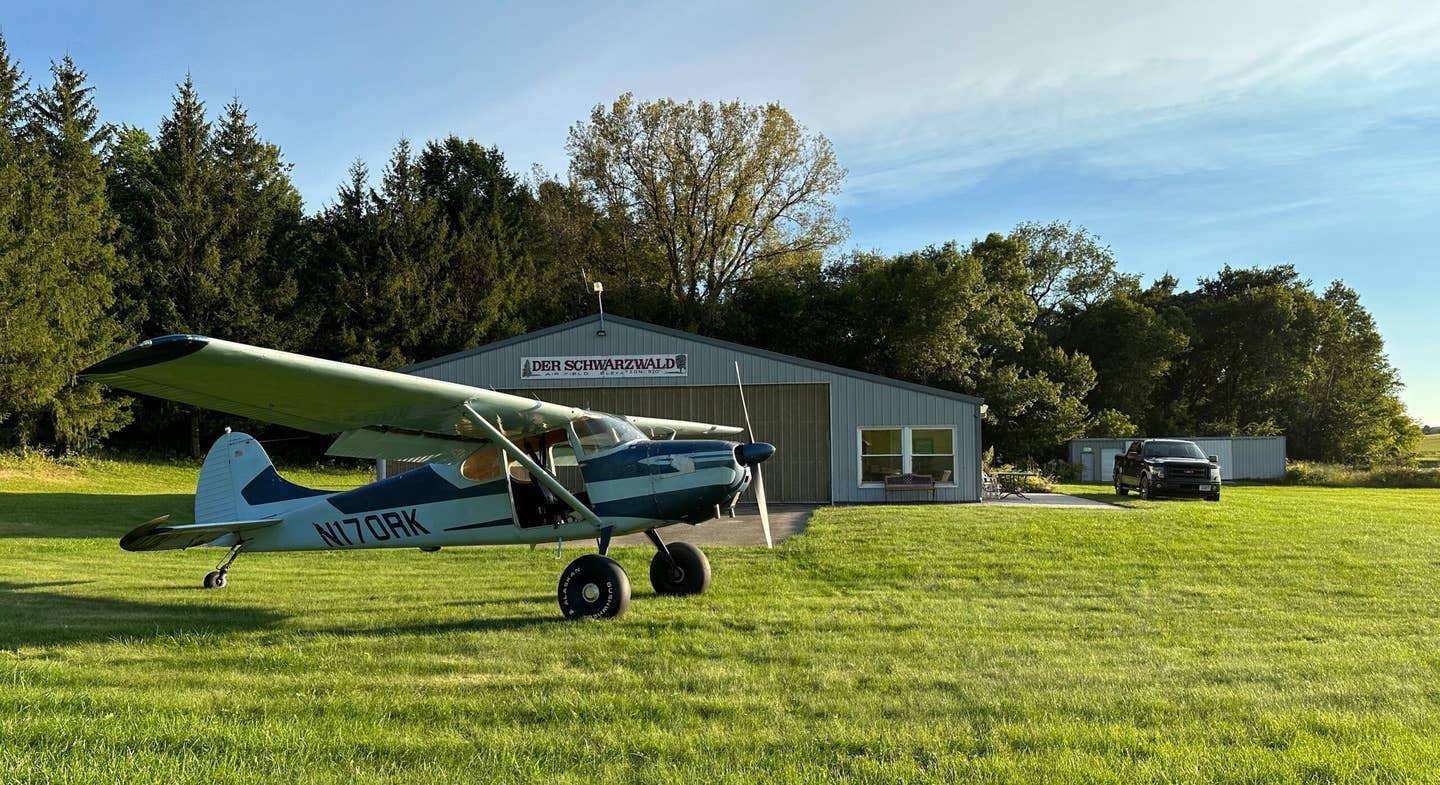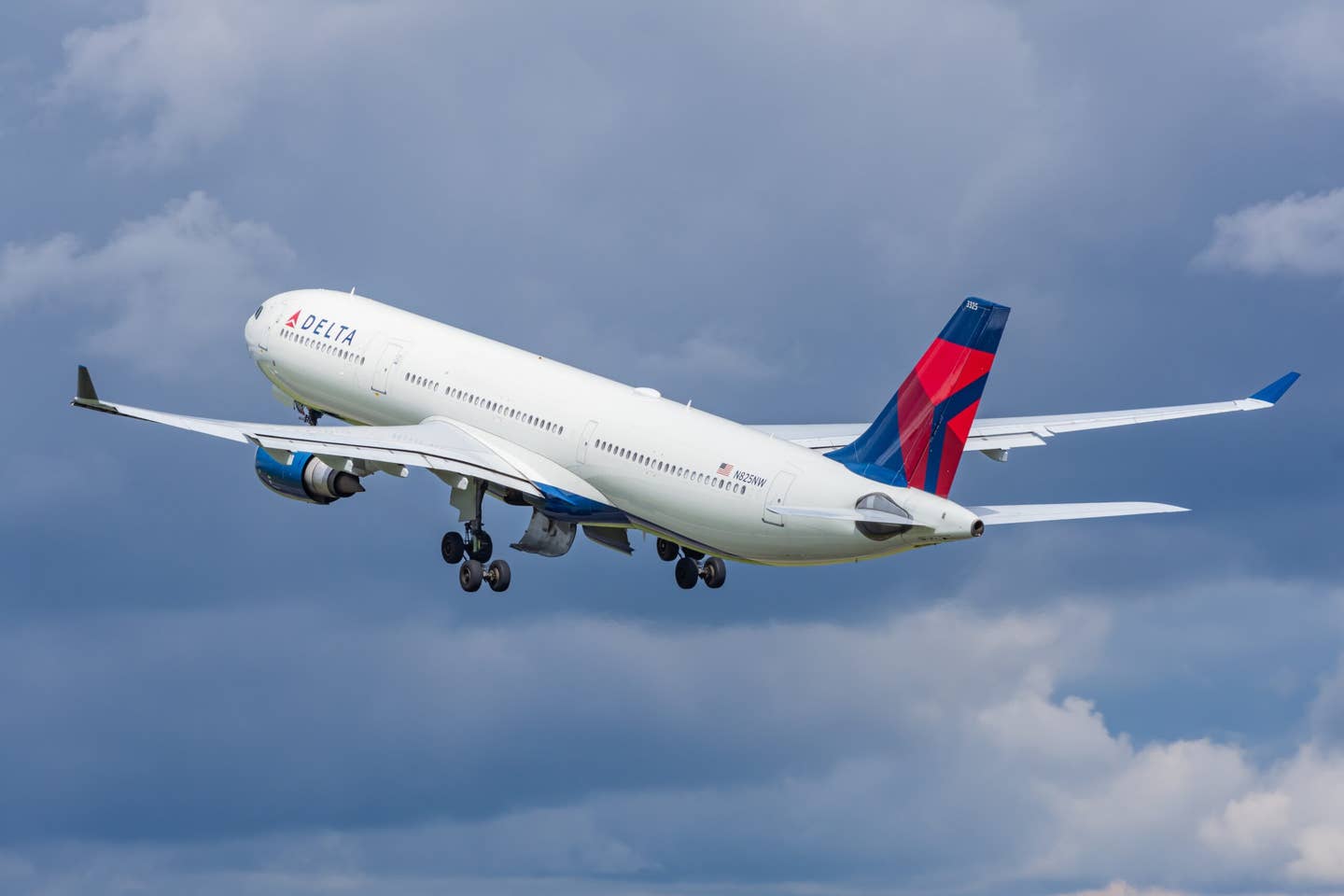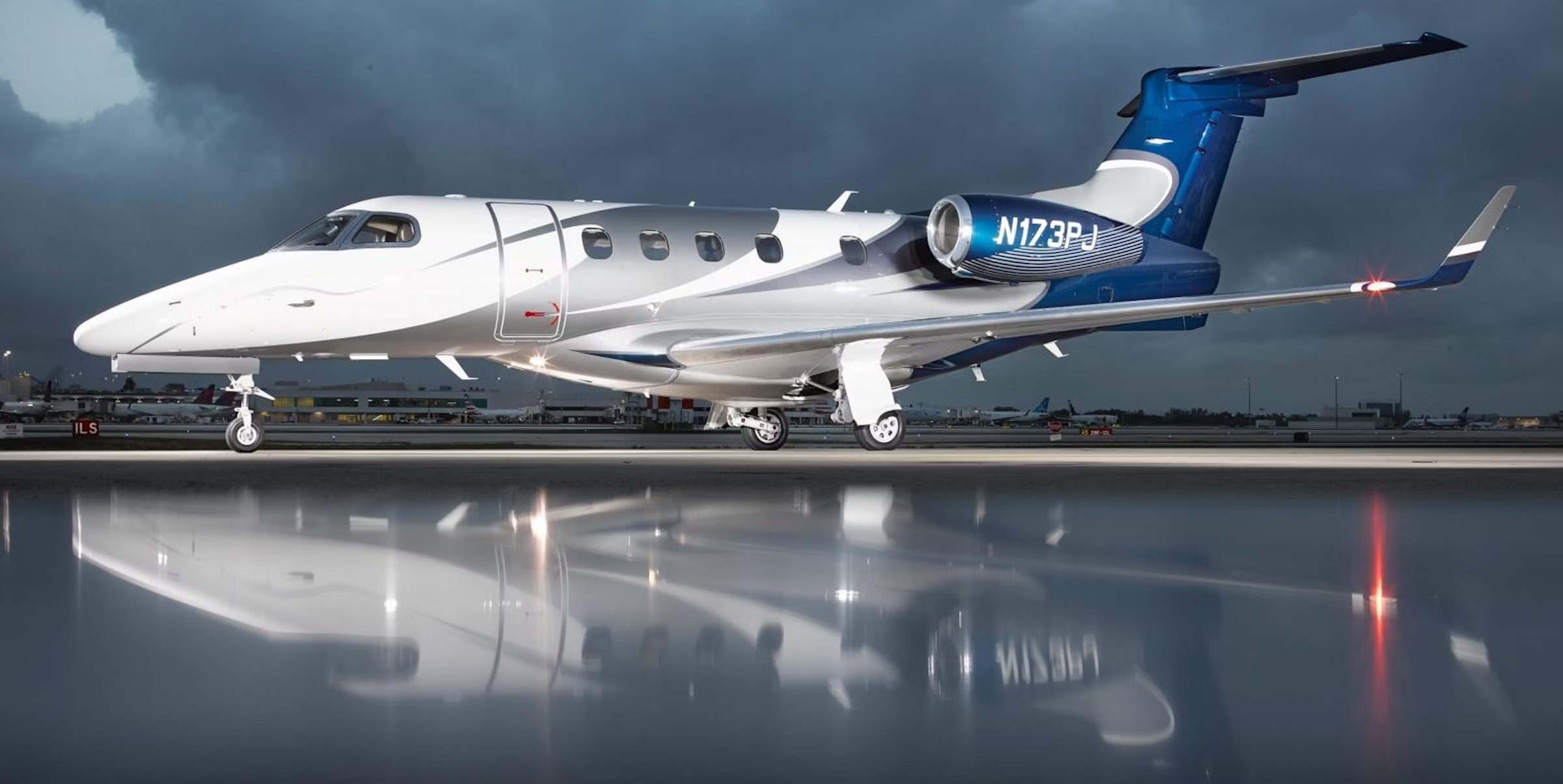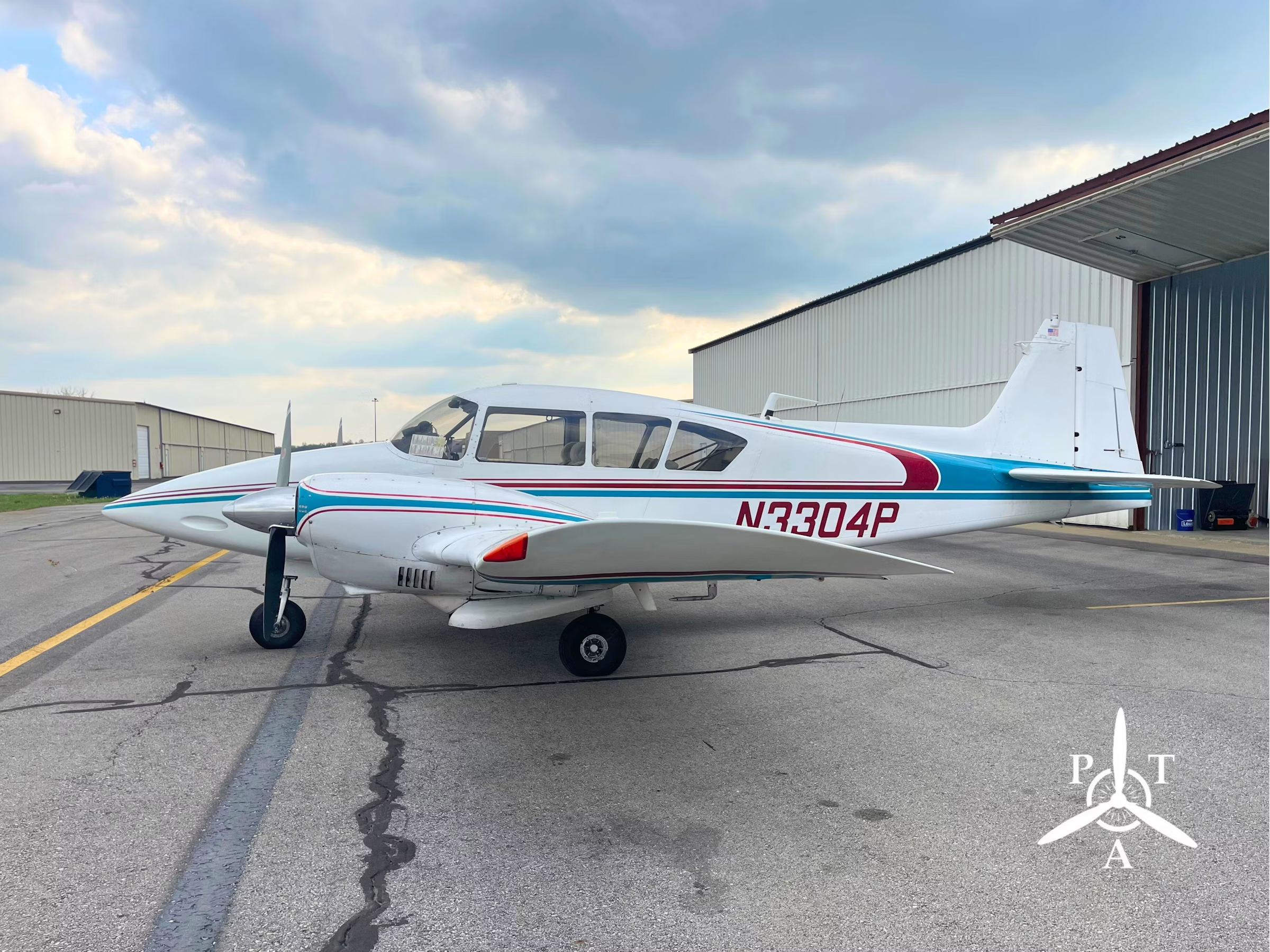A Look at the HondaJet 2600 Concept
We take a deep dive into the potential follow-on to Honda Aircraft’s HA-420.

The HondaJet 2600 Concept adopts
several technologies that were introduced in the original HondaJet. The most recognizable feature of the airplane—the over-the-wing engine
mounts that were pioneered by Fujino
and first introduced in the HondaJet—have been adopted into the new design. The concept also features
“natural laminar flow” over the nose, wings, and composite fuselage. [Courtesy: Honda Aircraft]
Chatter filled the Honda Aircraft exhibit at the National Business Aviation Association’s Business Aviation Convention and Exhibition in Las Vegas in October 2021. Dramatic music came on over the loudspeakers along with a video showing the original HondaJet, and then, the outline of a larger bizjet on the drape. A gasp, then hands clapping could be heard from the large crowd gathered around as the drape fell, revealing a full-scale mockup of the HondaJet 2600 Concept.
The original HondaJet has seen great success, with about 200 airplanes delivered since its certification in December 2015. However, some customers have expressed a need for a larger HondaJet family member that can go “coast to coast and carry more than three passengers comfortably,” Honda Aircraft Company’s president and CEO Michimasa Fujino said at the unveiling. While no final plans have been made to date, the HondaJet 2600 Concept is the current answer to that need—the designation "2600" hints at the airplane’s top range, which is expected to be 2,625 nm.
Fujino says this airplane sits in a category of its own, blending “medium-sized jet experience with light-jet fuel efficiency,” reducing the carbon footprint of business jet travel. The airplane is expected to be about 40 percent more fuel efficient—compared with similar aircraft over typical missions—despite providing comparable performance, Fujino says. Those expected performance numbers are owing to the aircraft’s integrated design, incorporating the company’s “natural laminar flow” aerodynamics over the nose and wings, and a carbon composite fuselage that also allows the airplane to fly up to 47,000 feet msl. The over-the-wing engine mounts provide improved drag divergence, which adds to the aerodynamic benefits. These concepts have been proven in the original jet, and tested in the larger design through Dassault Systèmes’ CATIA aircraft design software and transonic wind tunnel testing, Fujino says.
With autothrottles, autobrakes, and the integrated Garmin G3000 avionics suite, the HondaJet 2600 Concept will be designed for single-pilot operations.
Since Honda Aircraft Company has not made a final commitment on the HondaJet 2600 Concept, there are not many specs to share. However, this is what the company has announced so far:
HondaJet 2600
| Max cruise speed | 450 ktas |
| NBAA IFR range (1 crew + 4 pax) | 2,625 nm |
| Takeoff distance | 3,300 ft. |
| Landing distance | 2,500 ft. |
| Length | 57.79 ft. |
| Wing span | 56.72 ft. |
| Height | 15.86 ft. |
| Interior length | 25.38 ft. |
| Interior width | 5.08 ft. |
| Interior height | 5.21 ft. |
| Combined storage | 120 cubic ft. |
Editor's Note: This article originally appeared in the Q1 2022 issue of FLYING Magazine.

Sign-up for newsletters & special offers!
Get the latest FLYING stories & special offers delivered directly to your inbox

